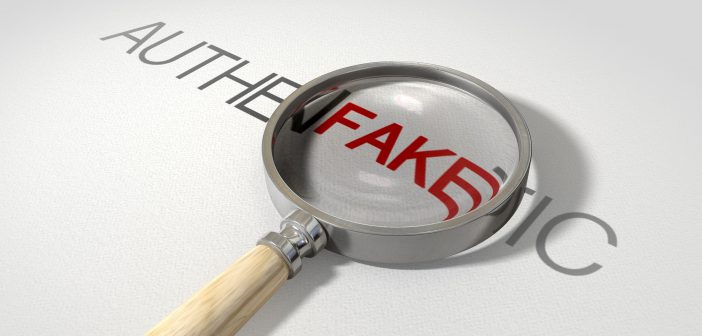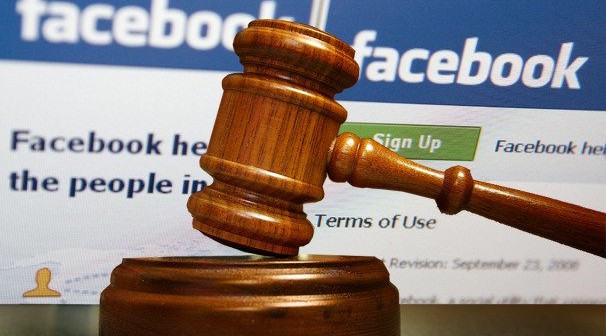1. Introduction
In the ever-evolving landscape of technology, generative artificial intelligence (GenAI) has emerged as a powerful force, enabling the creation of realistic and convincing audio, video, and images. However, this newfound capability comes with significant challenges, particularly in the realm of content authenticity and manipulation. Let’s delve into the implications of GenAI, the rise of deepfakes, and the steps being taken to safeguard our digital ecosystem.
2. The Deepfake Dilemma
Deepfakes, a term coined from “deep learning” and “fake,” refer to manipulated media content that convincingly alters a person’s appearance, voice, or actions. These digital chameleons blur the line between reality and fabrication, posing risks to individuals, organizations, and even democratic processes. The cost of creating deepfakes is remarkably low, while their impact can be astonishingly high.
3. The Threat to Democracy
During the year 2024, nearly half of the world’s population is gearing up for elections. This global democratic exercise is a cornerstone of society, allowing citizens to choose their leaders based on accurate information. However, the proliferation of deepfakes threatens this fundamental process. Malicious actors can exploit AI-generated content to deceive the public during electoral campaigns, sowing doubt and undermining trust.
4. The Munich Security Tech Accord: Safeguarding Democracy Against Deceptive AI
The Munich Security Tech Accord (Accord – Munich Security Conference), unveiled during the Munich Security Conference on February 16, 2024, represents a pivotal moment in the fight against deceptive artificial intelligence (AI) content. As the world braces for an unprecedented number of elections—with over 40 countries and more than four billion people participating—the need to protect the integrity of democratic processes has never been more urgent.
Understanding Deceptive AI Election Content
At its core, the Tech Accord addresses the intentional and undisclosed generation and distribution of Deceptive AI Election Content. But what does this term encompass?
5. Definition of Deceptive AI Election Content:
– Deceptive AI Election Content includes AI-generated audio, video, and images that convincingly fake or alter the appearance, voice, or actions of political candidates, election officials, and other key stakeholders.
– It also encompasses content that misleads voters by providing false information about voting procedures, locations, and timing.
6. Goals and Commitments
The Munich Security Tech Accord outlines clear expectations for signatories—technology companies and social media platforms—regarding the management of risks associated with Deceptive AI Election Content. In particular, the Accord addresses the intentional and undisclosed generation and distribution of:
- AI-generated audio, video, and images that are deceptively fake or alter the appearance, voice, or actions of political candidates, election officials, and other key stakeholders in a democratic election, or
- That provide false information to voters about when, where, and how they can lawfully vote
Here are the key commitments:
- Detection and Mitigation:
– Signatories commit to collaboratively developing tools to detect and address the online distribution of harmful AI content.
– By actively countering deceptive campaigns, these tools aim to safeguard the electoral process.
- Educational Campaigns:
– The Tech Accord emphasizes the importance of educating the public about the risks posed by Deceptive AI Election Content.
– Transparency and awareness campaigns empower voters to critically evaluate information.
- Transparency and Accountability:
– Signatories pledge transparency in their practices related to AI-generated content.
– Accountability ensures that platforms take responsibility for the content they host.
The Munich Security Tech Accord unites technology leaders in the mission to protect the democratic process from the insidious influence of Deceptive AI Election Content. It has been signed off by Adobe, Amazon, Anthropic, ARM, ElevenLabs, Google, IBM, Inflection AI, LinkedIn, McAfee, Meta, Microsoft, Nota, OpenAI, Snap, Stability AI, TikTok, TrendMicro, TruePic, and X.
7. Regulatory context in United Nations, EU and Italy
- On March 11th, 2024, United Nations encourage all Member States, […] to promote safe, secure and trustworthy artificial intelligence systems ( General Assembly Adopts Landmark Resolution on Steering Artificial Intelligence towards Global Good, Faster Realization of Sustainable Development | Meetings Coverage and Press Releases (un.org) ). In particular:
Encouraging the development and deployment of effective, accessible, adaptable, internationally interoperable technical tools, standards or practices, including reliable content authentication and provenance mechanisms – […] that enable users to identify information manipulation, distinguish or determine the origins of authentic digital content and artificial intelligence-generated or manipulated digital content – and increasing media and information literacy;
- On March 26th – EU Commission issues a set of Guidelines on the mitigation of systemic risks for electoral processes pursuant to the Digital Services Act ( pdf (europa.eu) ).
In particular “Other tools to assess the provenance, edit history, authenticity, or accuracy of digital content. These help users to check the authenticity or identify the provenance or source of content related to elections.”
- In Italy, there is a law under discussion in the Parliament with the aim to give a regulatory frame to the use of the AI (DDL 1146 (senato.it)). At the article 23 of the proposed law, it states:
Any informational content disseminated by audiovisual and radio service providers through any platform, in any mode—including video on demand and streaming—that has been completely generated or, even partially, modified or altered using artificial intelligence systems to present as real data, facts, and information that are not, must be clearly visible and recognizable to users. This identification, carried out by the author or the holder of economic exploitation rights (if different from the author), should include an identifying element or sign, even if it is a watermark or embedded marking, provided that it is clearly visible and recognizable. In the case of audio content, this identification can be achieved through audio announcements or suitable technologies for recognition. Such identification should be present both at the beginning and end of the transmission or content, as well as after any advertising interruption.
8. The Coalition for Content Provenance and Authenticity (C2PA)
Recognizing the urgency of this issue, the Coalition for Content Provenance and Authenticity (C2PA.org) was established. This independent, non-profit organization aims to develop a standard for tracing the origin and authenticity of digital content. By securely “labeling” content—regardless of whether it was generated by AI—C2PA seeks to provide users with a higher degree of credibility.
The C2PA Label
Imagine a world where content carries a digital signature—a seal of authenticity. C2PA’s vision involves precisely that. When content bears the C2PA label, users can trust its provenance.
9. Microsoft’s Content Integrity: A Shield Against Deepfakes
Microsoft built its Content Integrity tools to help organizations such as political campaigns and newsrooms send a signal that the content someone sees online is verifiably from their organization. These tools give organizations control over their own content, and combat the risks of AI-generated content and deepfakes. By attaching secure “Content Credentials” to their original media, the organizations can increase transparency as to who created or published an image, where and when content was created, whether it was generated by AI, and whether the image has been edited or tampered with since it was created.
When people see media with valid Content Credentials, they can be certain that the content was in fact released by the newsroom, campaign, or political party. And they can understand whether the media has been altered in any way because they can see the editing history from the time that the organization added Content Credentials. This is made possible by leveraging the open-source industry standard published by the Coalition for Content Provenance and Authenticity (see previous chapter). These tools will be made available in private preview at no cost through 2024.
Microsoft has stepped up to the plate with its Content Integrity tools. Let’s explore the key components of Content Integrity:
9.1. Web Application for Content Credentials
The easy-to-use private web application allows content creators to add Content Credentials to their authoritative content. By doing so, they create a verifiable link between the content and its origin. Whether it’s an image, video, or audio file, the web app ensures transparency.
9.2. Mobile App for Real-Time Authentication
Imagine capturing a moment on your smartphone—a photo, a video, or an audio recording. With the private mobile application, you can add Content Credentials in real-time. This secure process ensures that the media you capture remains tamper-proof and authentic.
9.3. Public Website for Fact-Checking
For fact-checkers and the wider public, the public website serves as a valuable resource. Anyone can verify the existence of Content Credentials associated with specific content. This transparency fosters trust and combats the spread of misinformation.
While we recognize that Content Credentials alone are not a panacea to solve the problem of deepfakes, they are a critical component of a defense strategy for trusted media.
10. Beyond Technology: The Human and Cultural Challenge
While the technological aspects are critical, our most profound challenge lies in the human and cultural dimensions. How do we cultivate a discerning public—one that critically evaluates content, questions sources, and values authenticity? Education, media literacy, and ethical awareness play pivotal roles in shaping a resilient society.
In conclusion, GenAI’s capabilities are awe-inspiring, but they come with responsibilities. As we navigate this new landscape, let us champion transparency, authenticity, and informed decision-making. Together, we can safeguard our democracy and ensure that truth prevails in the age of deepfakes.



